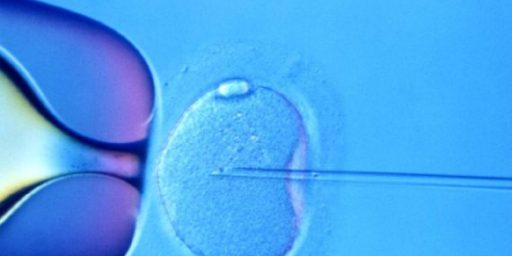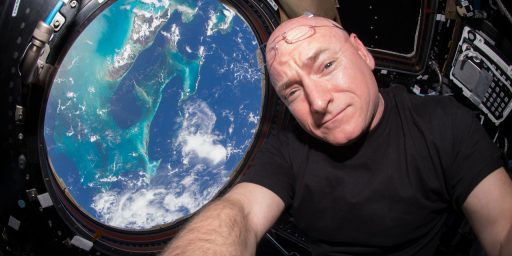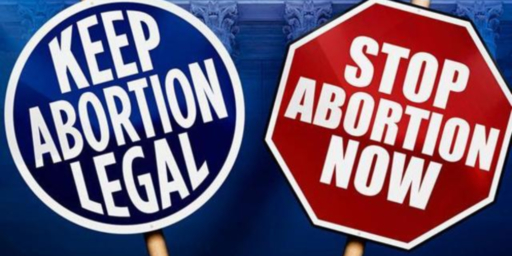‘Designer Babies’ Ruled Lawful by British Court
‘Designer babies’ lawful, British court rules (AFP – Washington Times)
Britain’s highest court ruled yesterday that the creation of so-called ‘designer babies’ to treat siblings with genetic disorders was lawful. In a unanimous decision, the Law Lords upheld an Appeal Court judgment in April 2003 that overturned a ban on the use of in vitro fertilization treatment to help save the life of a terminally ill boy. The boy’s parents, Raj and Shahana Hashmi, went ahead with the treatment to produce a sibling, hoping to have a baby with the same tissue type as their son, Zain, in order to treat his rare blood disorder. Their attempt failed when Mrs. Hashmi, 38, suffered a miscarriage.
The case was taken to the Law Lords by a pro-life group, Comment on Reproductive Ethics (CORE), which argued that the whole concept of ‘designer babies’ was against British law.
In their ruling, the five-judge panel that heard the case last month ruled that the Human Fertilization and Embryology Authority could authorize the practice of tissue typing to create babies to help siblings.[…]
The Hashmis, from Leeds in central England, were forced to fight a long legal battle for the treatment, which they say is the only hope for their 6-year-old son. Zain had been born with beta thalassemia major, a serious and potentially fatal genetic disorder. His body does not produce sufficient red blood cells, and he must take a mix of drugs daily and needs regular blood transfusions to stay alive. His parents wanted him to undergo stem-cell treatment, using umbilical-cord blood taken from a baby that they would produce using in vitro fertilization treatment and specially selected at the embryo stage so that its tissue matched Zain’s.
Lord Leonard Hoffman, giving the lead judgment, said Mrs. Hashmi twice had conceived naturally in the hope of giving birth to a child whose umbilical blood could provide stem cells for Zain. On the first attempt, the fetus was found to have beta thalassemia major and she had an abortion. On the second occasion, she gave birth to a child whose tissue turned out not to be compatible. ‘There is a way to save the Hashmi family from having to play dice with conception,’ Lord Hoffman said. This involved removing a single cell from a newly fertilized embryo and testing it for genetic disorders in a process called preimplantation genetic diagnosis (PGD). ‘Mrs Hashmi, for example, would have been spared having to have her fetus carrying beta thalassemia major aborted if the embryo had been created by [in vitro fertilization] and the disorder diagnosed by PGD,’ the judge said.
A slippery slope, indeed, but it’s difficult to see how a different ruling would be reached. Parents are free to have babies by in vitro fertilization and they’re free to require siblings, regardless of birth method, to donate to save the life of other siblings. The Brave New World aspects of this notwithstanding, this is really nothing new.
This is another fascinating case of a battle to control the terminology, too:
Lords lifts final legal barrier to ‘saviour siblings’ (The Independent)
Court OKs Creating Babies to Help Siblings (AP – ABC News)
It’s certainly much easier to garner support for “Savior Siblings” or even “Babies to Help Siblings” than for “Designer Babies,” which has a rather sinister ring.






On the first attempt, the fetus was found to have beta thalassemia major and she had an abortion.
I am more concerned with the cavalier attitude evidenced in that sentence than the designer baby part.
Sure. But it’s a society where abortion is safe, legal, and frequent.